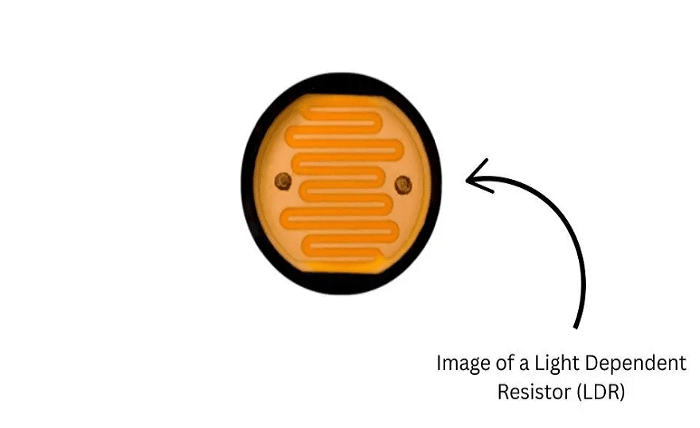The Role and Advantages of Light Dependent Resistors (LDRs) in PCBA

In the realm of electronic manufacturing, Printed Circuit Board Assembly (PCBA) is the process where various electronic components such as resistors, capacitors, integrated circuits, and more are meticulously soldered onto a Printed Circuit Board (PCB). The effectiveness of this technique is crucial for enhancing the performance and reliability of electronic devices. Among the plethora of electronic components, Light Dependent Resistors (LDRs) play an indispensable role in modern electronic design due to their unique photoelectric properties. This article explores the application of LDRs in PCBA and the advantages they bring to electronic projects.
Basic Working Principle of LDRs
LDRs, also known as photoresistors, are components whose resistance varies with the light intensity that falls upon them. Typically, the resistance of an LDR decreases with increasing light intensity and increases as the light diminishes. This characteristic makes LDRs highly useful in circuit designs that require a response to changes in light conditions.
Applications of LDRs in PCBA
LDRs find a wide range of applications in PCBA, which include:
- Automatic Lighting Control: In both indoor and outdoor lighting systems, LDRs can detect ambient light levels to automatically adjust the brightness of lights or switch them on and off, thereby achieving energy efficiency.
- Security and Alarm Systems: LDRs are commonly used in security systems, such as intrusion detectors, where a sudden change in light (caused by an obstruction or the switching on of lights) can trigger an alarm.
- Consumer Electronics: In devices like cameras, LDRs help in automatically adjusting the screen brightness or the intensity of the flash according to varying lighting conditions.
Advantages of Using LDRs in PCBA
Incorporating LDRs in PCBA designs offers several advantages:
- Simplified Design: Due to the simplicity of LDRs, they can simplify the design and assembly process of circuits. LDRs are compact, easy to install, and highly sensitive to ambient light.
- Cost-Effectiveness: Compared to other photodetectors such as photodiodes or phototubes, LDRs are generally more economical. This makes them an ideal choice for mass production.
- Low Power Consumption: LDRs are particularly useful in applications where frequent signal output is not required as they do not consume power themselves; they only provide feedback through the circuit when necessary.
Design Considerations and Challenges
While LDRs offer many advantages in PCBA design, there are several design challenges that need to be addressed:
- Response Time: LDRs may have a longer response time, which could be a limitation in applications requiring quick responses.
- Temperature Dependence: The performance of LDRs can be affected by temperature changes, thus additional stability and reliability tests are necessary when used in extreme environments.
- Accuracy and Consistency: There can be performance variations among different LDRs, and precise calibration and testing are key to ensuring product quality.
Conclusion
As a crucial component in PCBA design, LDRs’ unique photosensitive characteristics make them indispensable in many applications. Despite some design challenges, proper selection and application of LDRs can significantly enhance the functionality and user experience of electronic devices. Looking forward, LDRs remain a valuable component in electronic design, especially as the trend towards automation and intelligent monitoring technologies continues to grow. By leveraging the capabilities of LDRs, designers can create more responsive and energy-efficient electronic solutions.




